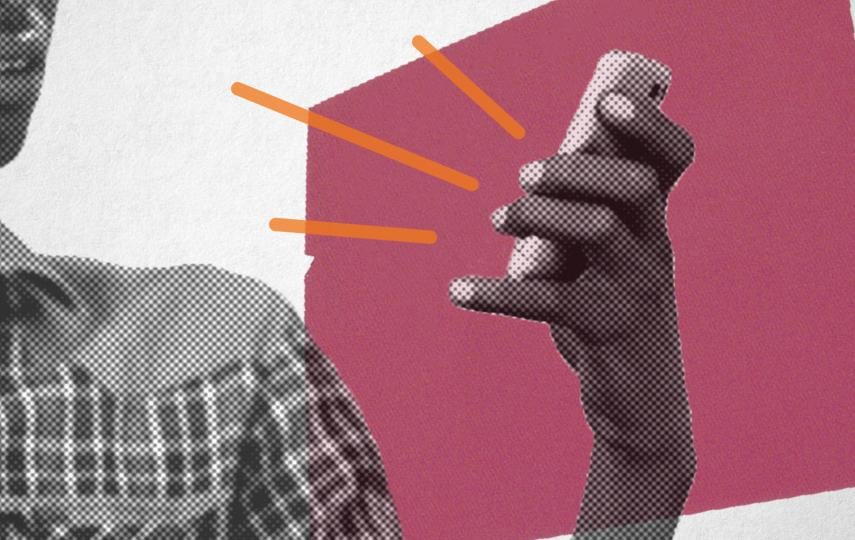Nunavut, the vast Arctic territory in Canada’s north where more than 80 percent of the population identifies as Inuit, holds a key distinction: It’s the only province or territory in the country without a single confirmed coronavirus case.
Even though deaths have been avoided, the pandemic response has been burdened with a problem familiar to Indigenous communities across the globe – not enough Inuit people are involved at the decision-making level, according to Madeleine Redfern, the former mayor of Nunavut’s capital, Iqaluit.
“It is primarily a non-Indigenous led response,” she said.
In recent years, humanitarian organisations and governments have slowly woken up to the importance of traditional Indigenous knowledge in preparing for and responding to disasters such as earthquakes, floods, storms, wildfires, and health crises. But Indigenous leadership and experience during disasters are still often overlooked or misunderstood.
The New Humanitarian spoke to Redfern as part of a roundtable discussion on the role of Indigenous knowledge and experiences in disaster prevention and response.
Highlights of the conversation, edited for length and clarity, follow.
Simon Lambert, associate professor of Indigenous studies at the University of Saskatchewan, member of the Tūhoe and Ngāti Ruapani mai Waikaremoana tribes of New Zealand.
Madeleine Redfern, president of Ajungi Arctic Specialists consulting organisation, former mayor of Iqaluit, Inuk.
John Scott, president of the Center for Public Service Communications, enrolled member of the Tlingit and Haida Indian Tribes of Alaska, Tlingit.
Traditional knowledge in a ‘post-disaster landscape’
The COVID-19 pandemic is having a disproportionate impact on many Indigenous communities already facing gaping inequalities and marginalisation. There have been more than 70,000 cases among Indigenous groups in the Americas, according to the UN, and reported fatality rates in some communities are higher than national averages. The UN’s top rights official this month warned that the coronavirus is a “critical threat to Indigenous peoples”.
But the lopsided impacts of crises on Indigenous communities reaches far beyond the pandemic. As climate change makes extreme weather more severe and unpredictable, it is often Indigenous communities who are on the front lines. These mounting disaster risks have spurred a growing recognition of – and interest in – Indigenous responses and solutions, says Simon Lambert, a University of Saskatchewan associate professor who studies how Indigenous communities recover after disasters.
Defining traditional Indigenous knowledge is a matter of some debate, but the panelists agree that it is based on a deep, multi-generational relationship between Indigenous peoples and the environment. Observations made about the environment and passed down through generations have allowed communities to respond to disasters – and to reduce their risks and weather the impacts.
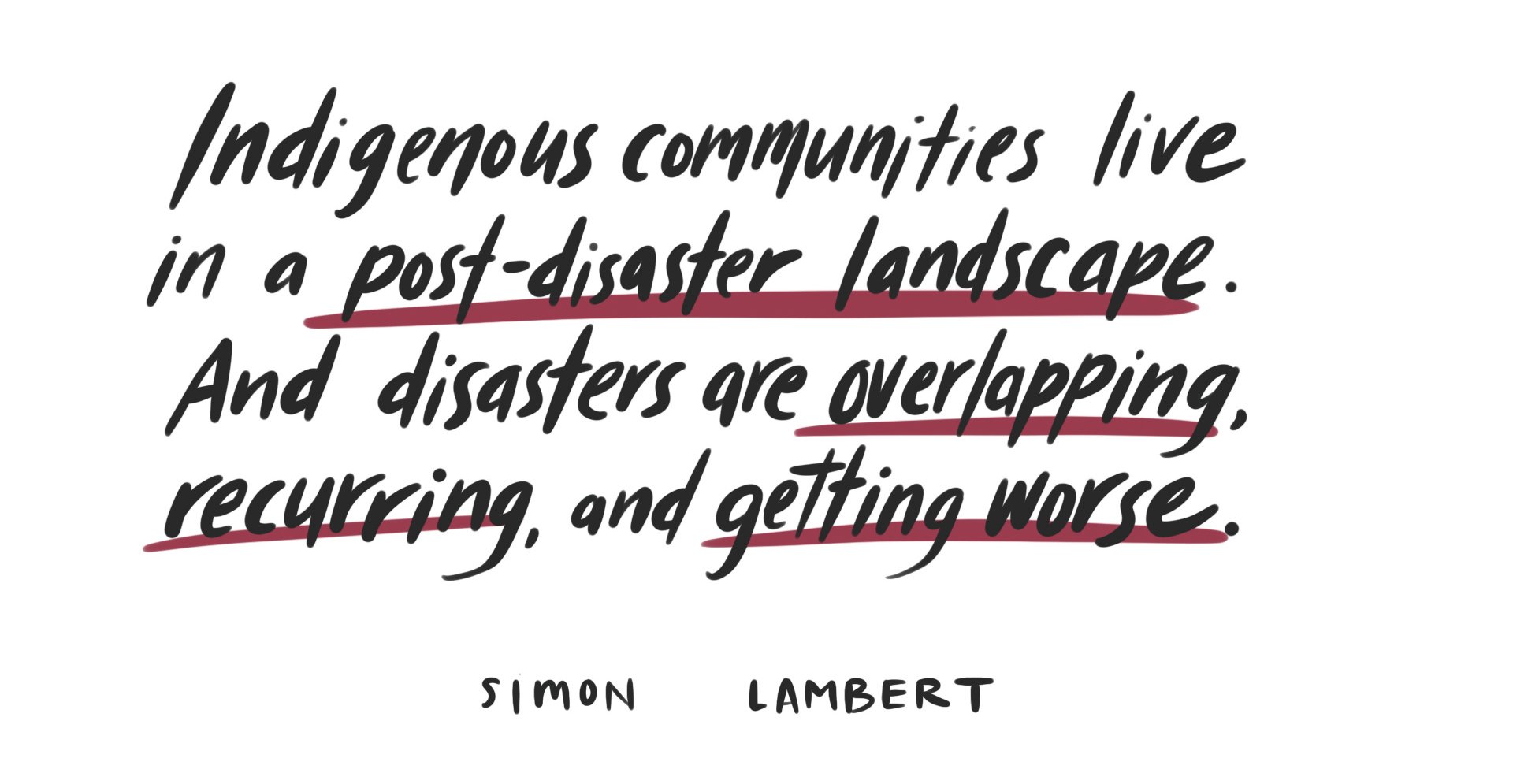
Educational institutions can play an important role in disaster risk reduction and response by training a new generation of leaders, and by drawing on existing expertise. But the absence of adequate education programmes can also be a missed opportunity.
John Scott, a researcher who has recently studied Indigenous approaches to disasters among Inuit communities, the Māori people of New Zealand, and Afar pastoralists in Ethiopia, points out that the lack of a university in Nunavut makes it harder to integrate traditional Indigenous knowledge into government institutions. Redfern explained that this lack of higher education opportunities often leads to Indigenous people being overlooked when it comes to disaster response – including during the coronavirus pandemic.
Lambert describes Indigenous peoples as living in a “post-disaster landscape”, where the violent legacies of colonialism have contributed to communities often being situated in more vulnerable, disaster-prone areas. This history is now an inescapable part of the disaster risks facing Indigenous peoples today – and the traditional knowledge systems that have evolved to adapt to the threats.
What is traditional Indigenous knowledge?
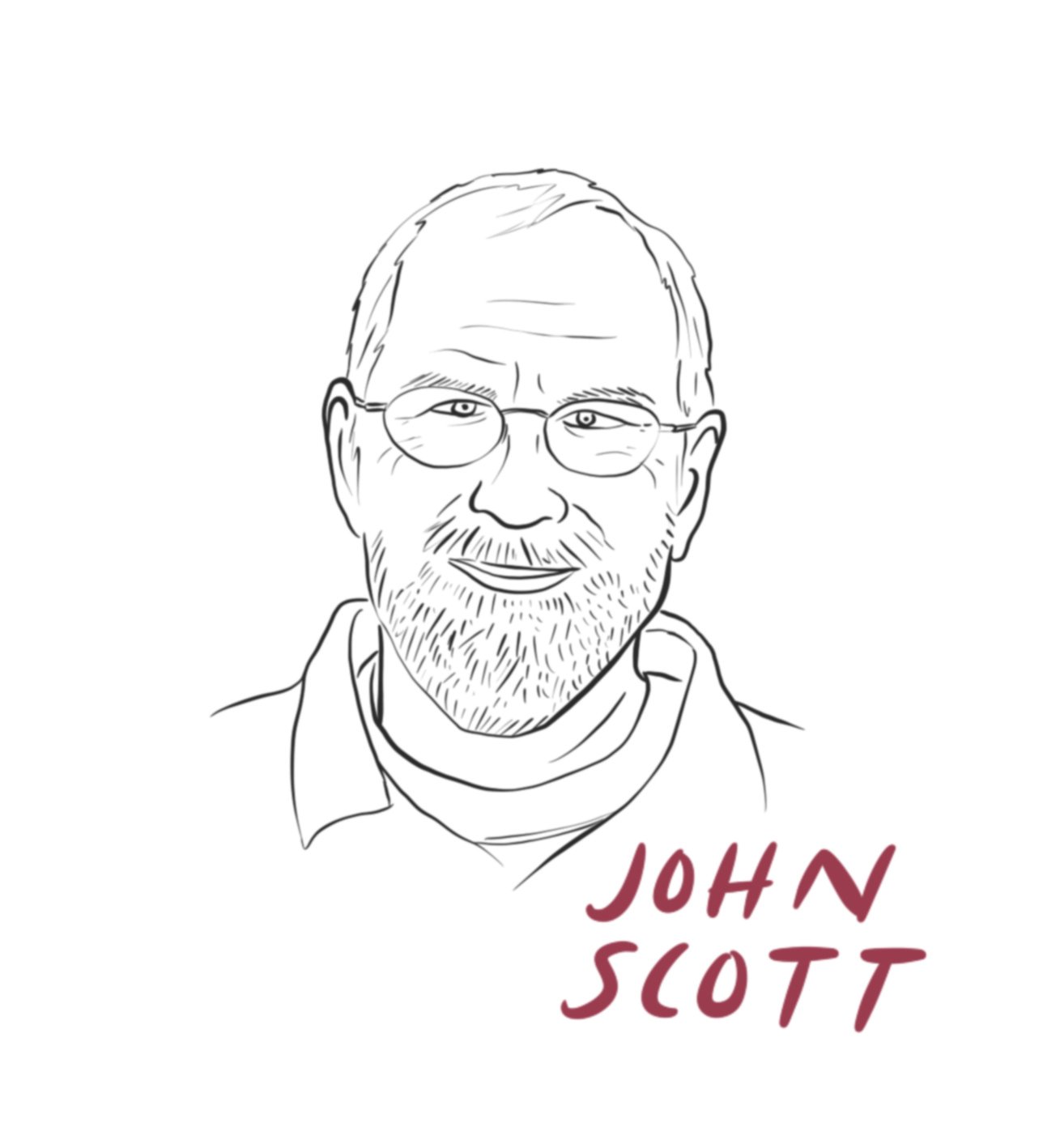
John Scott: The idea of traditional knowledge and resilience, strength, and risk reduction comes from paying attention and being a part of your environment – being observant, learning lessons, and moving on. It's not a monolithic thing. It's not historical documentation, or a closed loop. Indigenous knowledge comes from hard knocks – from having experience and learning from it collectively.

Simon Lambert: In the Andes, the traditional design of a house is earthquake-proof. In the Pacific Islands, when you build a house, it may not be cyclone-proof but if it blows away in a cyclone, you can build another one in a few days. You don't need to have an architect or an engineer; you don't need a container-load of materials.
Traditional Indigenous knowledge is in the location of communities, and the observation of the environment – where is a safe place to build your house, and to site your community. That’s knowledge you can only have over a long period of time because each season is a little bit different, the tides are going to be different, and the rains are going to be a little bit different. So over 20, 30, 50, 100, 200, or 1,000 years, people will know where the good places and the bad places are.
A common research theme in traditional Indigenous knowledge has been disaster early warning systems, particularly the behaviour of insects and birds – for example, how high birds nest in the trees. People recognise the signs and adjust, so you mitigate your risks by realising that the season’s going to be a little bit different, and so this is what we're going to do. It's observational and it's empirical, which is what science mainly is. But there's also a theory to it, and the theory is important: The environment is not your enemy.
Indigenous knowledge is alive and used on a daily basis among Afar pastoralists in Ethiopia, according to John Scott, who has studied traditional approaches to disaster risks in the community.
This is a product of the harsh conditions in the Afar Region, where the arid landscape sees extreme temperatures and water shortages.
Pastoralist traditions include Edo – a form of scouting for viable lands that can sustain the whole community, including its herds.
Dagu is a traditional networking ritual, where information on the weather and important details like available grazing land or water sources are exchanged among travelling Afars, then shared through their communities.
This exchange, Scott said, has an “irreplaceable role in risk reduction”, as pastoralist communities depend on reliable information to make the right decision about where to move.
What does it look like when governments engage?
Lambert: When we have something like the COVID-19 pandemic, or wildfire and flood evacuations, what we see is that First Nations and other Indigenous communities host and act as first responders – and governments are now picking up on this. Climate change is multiplying dangers. We've taken too many things for granted, and a lot of philosophies say that if you keep pushing the environment, you get put in your place.

I hate to use the language of neo-liberalism and productivity, but we enable a more efficient response to a disaster because of our connections and understanding of culture – for example, the ability to host a large number of people with minimal notice. There are all these cultural practices that play out in a disaster. Researchers, myself included, just keep hammering on: We have rights; we have skills, practices, and institutions that enable a better response; and we save money. And when you start talking about saving money to a government, they say, “How much, and how can we help you do that?”
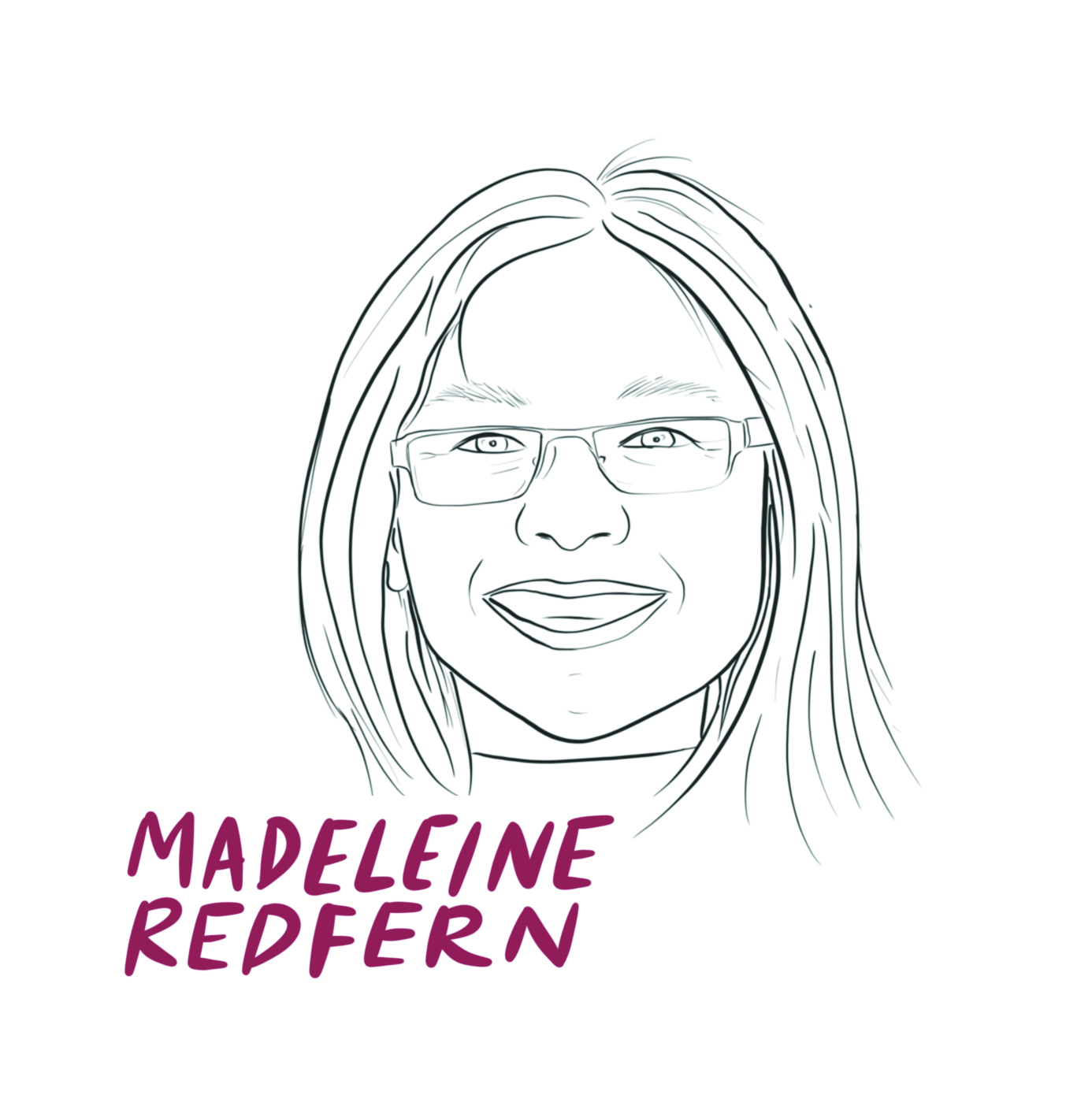
Madeleine Redfern: Indigenous people are a distinct class of people that are invisible for the vast majority of the time until it suits a particular proponent. Even when we are engaged, it's done in such a cursory way, and so superficial and so biased, that the outcomes of it are rather meaningless. When Indigenous people possess a particular knowledge set – for example, how to do controlled burning – that knowledge gets taken by governments and misapplied. And then sometimes Indigenous peoples’ knowledge, or even people, are blamed. It's like, “Well no, we told you, but you didn't do it right.”
There is a tremendous missed opportunity for better engagement, better management, better governance, and better outcomes that both societies – Indigenous and non-Indigenous – are missing out on.
What’s the role of education?
Scott: One of the bigger risk reduction strategies that I think needs to be promoted is education, which typically isn't considered a disaster risk reduction strategy. Madeleine Redfern was mayor; she's Inuk, so she's a native decision-maker. But that's not always the case. What happens in the absence of education is that you don't have a variety of competently trained policymakers, lawmakers, economists, climatologists, physicians, or nurses who are making decisions and putting out public direction about the way that a community should act in a certain situation.
They are a rich community in many ways – but not rich enough to have educational resources that can produce enough people to be in the mix of decision-making so that Inuit in the community will be listening to someone giving direction who is of their community and culture, and has the the current knowledge mixed with the traditional knowledge that can address an emergent issue. This is a problem we see in Indigenous communities all around the world.
Redfern: In Iqaluit, we've got high rates of people who don't attend school or graduate. At the same time, we have a good number of our elders and our hunters who have a wealth of traditional knowledge, which still remains under-respected and under-utilised, except for when you have academics and researchers who come up and harvest this knowledge.
There are certain subjects where it’s like, “OK, if you’ve got traditional knowledge, you’re good for a limited role in wildlife management or research, like polar bear demography. But no, no, no, this is disaster risk and mitigation; this is a response to a pandemic. You have no knowledge of any value or use, other than that we recognise you’re in a high-risk group and if it comes here, it's going to have a disproportionate impact on you.”
What about the coronavirus response?
Redfern: In Iqaluit, we are doing our own response. We’ve got some money flowing from the federal government to our organisations, and money was made available for a hunter support programme to pay hunters to go hunt. I oversee the distribution of country food like fish and ptarmigan to help people by providing them with traditional food. My specific role now is to monitor the supply chain, predominantly of food.
For many Inuit, there isn't that sense that the government is run by Inuit and for Inuit, so there are fascinating alternate and parallel responses. And then, even within our own Inuit community, we have a very classist reality now. In an event like the pandemic, the poorest of our poor weather the pandemic in much more negative ways. But, at the same time, I've seen some really good initiatives happen with creative approaches to a breakfast and lunch programme for children. In some ways they’re actually probably getting more food now than before, which I find bizarre because someone like me has been pushing for breakfast and lunch programmes for decades, saying, “We need to feed our children.” The rates of poverty and food insecurity are so high. It shouldn't take a pandemic for us to finally step up.
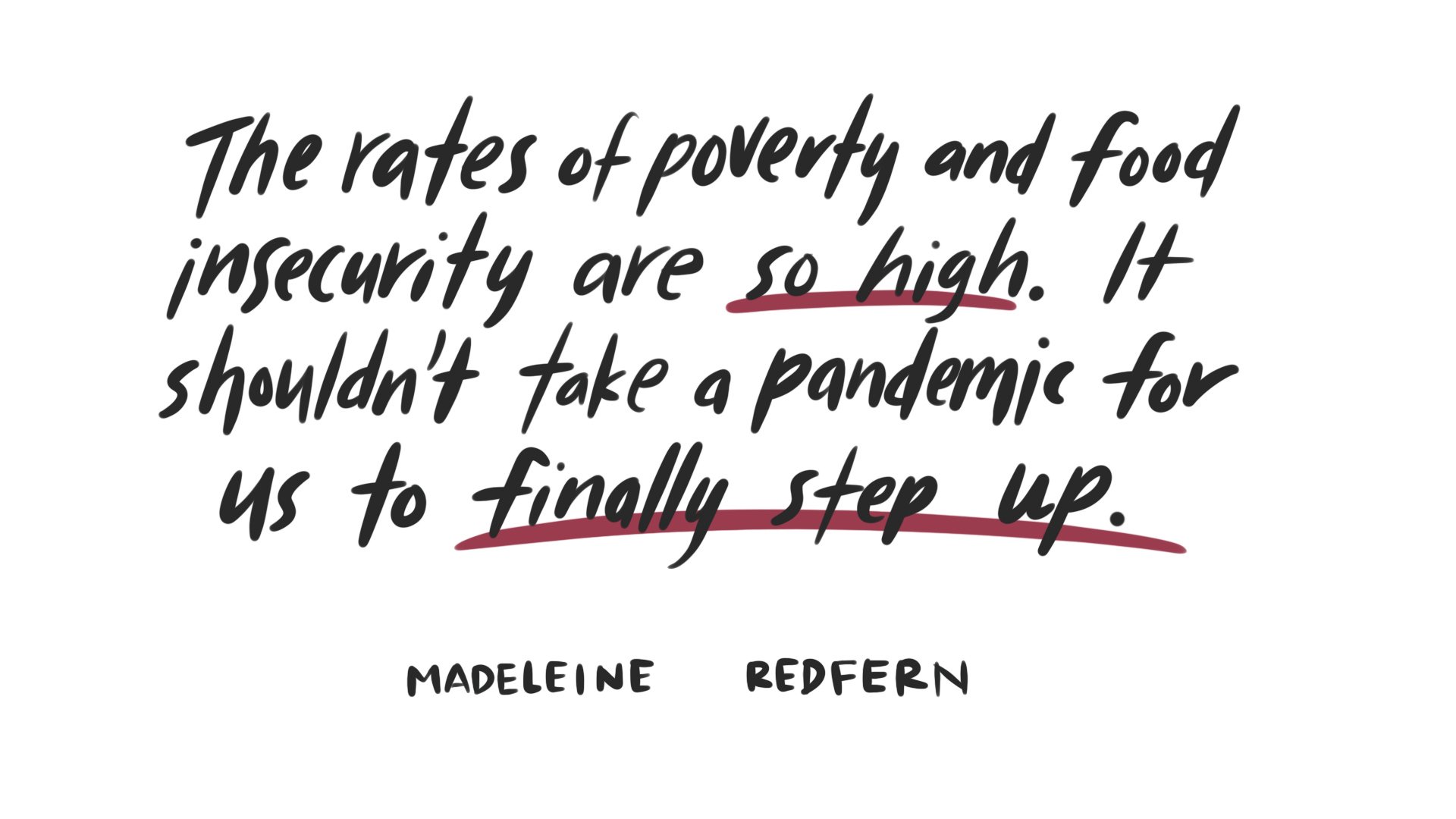
Lambert: If it goes according to other pandemics, there will be a second wave and a third wave. If we're going to lock down for another month or two, in the middle of winter, what are we going to do? Hunting, fishing, let's get some food supplies, reinforce our network and let's stick to the culture. But we need some resources; we need to start thinking in a more serious way about the next six or 12 months.
The idea of social or physical distancing is interpreted differently, culturally. We're not going to isolate elders, or ignore them when the vaccine comes.
Scott: Elders play such a significant role in many Indigenous communities that the idea of protecting them to the extent that they are not participants, and are not able to give advice, is not something that's culturally acceptable.

You already have a problem in Indigenous communities where messages for protection against COVID-19 in the United States, for example, can change daily. We have difficulty getting that information out to the public with all the mass communications that we have. In Indigenous communities, there’s a lack of culturally and linguistically appropriate information that's developed in a way that can be appreciated by not only the broad Indigenous community itself, but by elders. There needs to be more discussion with the elders and with tribal leaders.
Isolation has to be voluntary. The likelihood is that elders would voluntarily isolate if they understood why, and then community leaders and the children and grandchildren of elders would also appreciate why. And isolation doesn't have to be solitary confinement – it can be adapted to be something that is not a negative experience.
How have Indigenous communities been shaped by disasters?
Lambert: Most, if not all, Indigenous communities live in a post-disaster landscape. And disasters are overlapping, recurring, and getting worse. What happens after colonialism is that Indigenous communities lose the ability to choose a safe space. If you look around the world, you can map it and you will see poorer, underserved communities, including Indigenous communities, in the stupidest of places: on flood plains, or on steep slopes. If you could choose where to locate a community or your house, you wouldn’t choose these places – that’s because they can’t choose. So automatically, you see the loss of control you have over location, design, construction – all those very simple things. You’re creating disaster risks.
Dealing with disasters, and now the pandemic, you’ve got to prioritise. You're going to have to make some life-or-death decisions. Our communities are good at that. I think it's unfortunate that we're really good at life-or-death decisions.
Illustrations by Ayumi Bennett.
mc/il/ag


